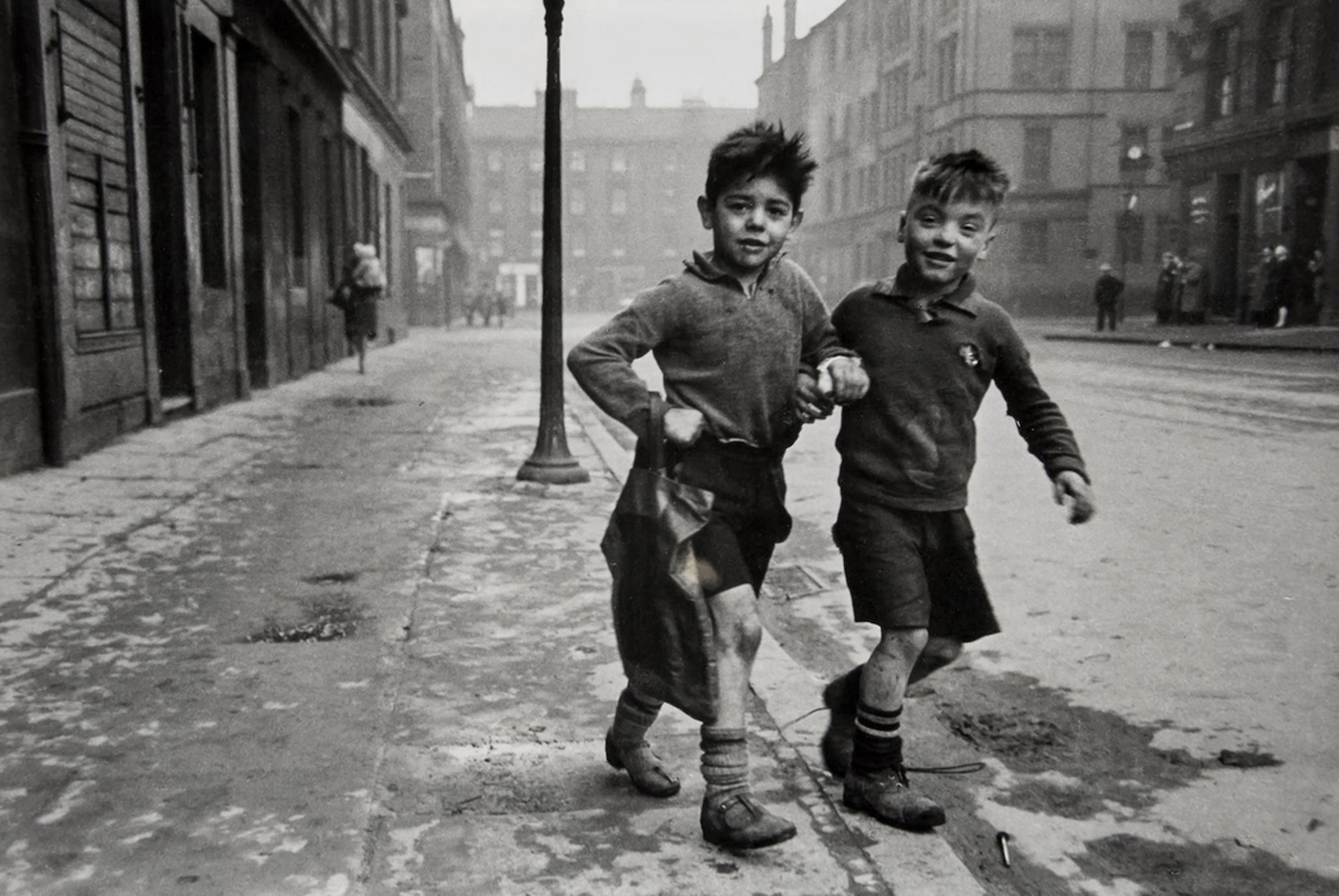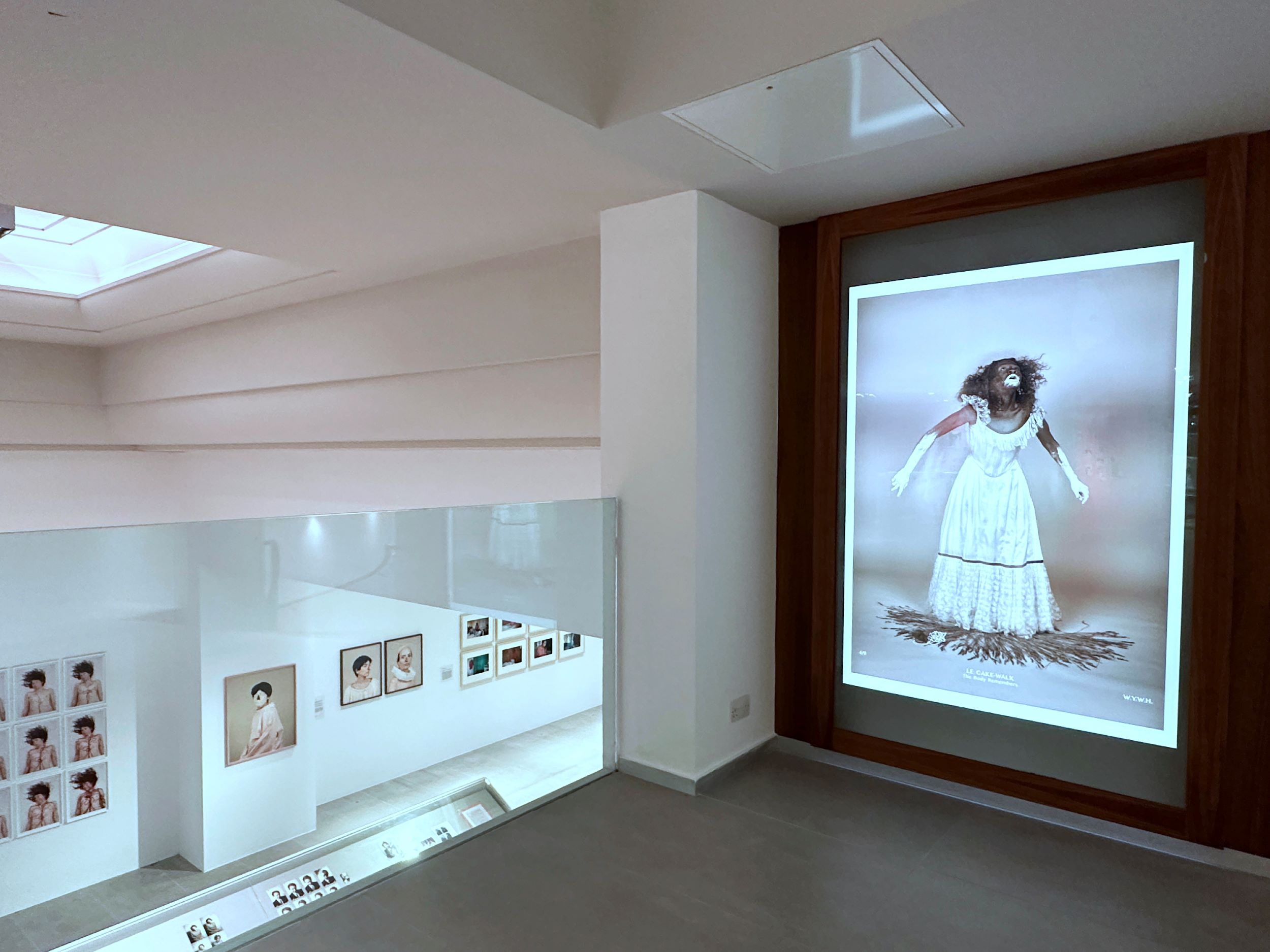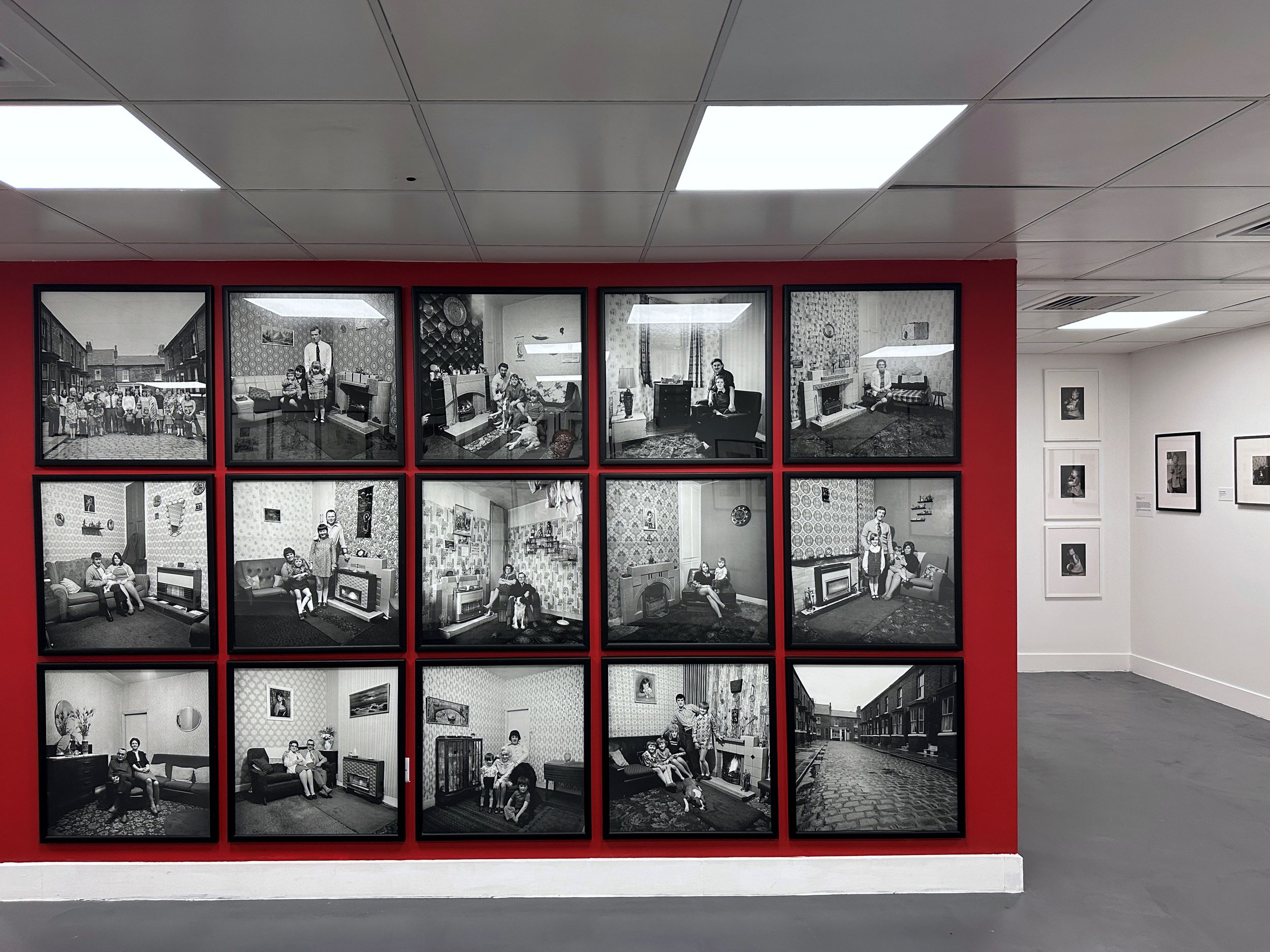The English at Home group exhibition, on show at the Center for British Photography
James Hyman’s venture is leaving its current home in west London and seeking long-term funding
The Centre for British Photography will be one-year-old on 26 January 2024. So far it has “exceeded my expectations and dreams,” says founder James Hyman. With 8000 square feet of exhibition space spread over three floors in the centre of London, it has focused on work made by artists based in the UK, and has run a fast-moving programme of free exhibitions and events. This has included group shows on subjects such as contemporary approaches to landscape or The English at Home, plus solo presentations by artists including Jermaine Francis, Arpita Shah, Heather Agyepong, Mandy Barker, Helen Sear, Daniel Meadows and Charlie Phillips. CBP has also worked with external institutions such as Fast Forward Women in Photography, the National Trust, The John Hansard Gallery, and the Jo Spence Memorial Library Archive at Birkbeck College, University of London.
But the CBP has hit a snag, with the two-year lease on its Jermyn Street space abruptly cut to a year by the landlord. It will leave in January 2024 and is yet to secure a new venue; since opening at the start of the year, it has also not attracted a major patron or funder, making it difficult to sustain, Hyman explains.

CBP is a registered charity with eight trustees, but currently Hyman is backing the project as well as working on it more than full time. “I’ve been very open about it from the very beginning – this was a temporary space and we would use what we deliver here as a platform to demonstrate the audience, gain great press coverage, provide something tangible, and gain outside support,” he says. “It’s frustrating that we now don’t have two years to do that. But we’ve already demonstrated what we can achieve. I’m happy – in fact I’m more than happy – we’ve had an amazing year.
When we found this place 18 months ago, I wouldn’t have expected to still be providing 90 per cent of the funding now,” he continues. “That puts a strain on me, and that’s not going to be sustainable forever… We’ve had great buy-in from the photographic community: I was very touched that, before we even opened, photographers donated prints for a fund-raiser auction. But CBP will disappear unless we get other people on board – it won’t survive without other funding. Our [next] permanent home is likely to be even more expensive to run. I don’t have unlimited resources. I’m somebody overstretching themselves to deliver something for the community.”
Hyman has his own collection, set up with his wife Claire in 1996 and focused on photography for the last 15 years (one of the CBP’s opening exhibitions showed work from this collection, including Bert Hardy). Hyman has also curated many of the shows at CBP, preferring to go DIY or offer the job to external curators rather than appointing someone else in-house. But he says it was never his intention to set up the CBP as a private foundation. Instead he hoped to get something started then get others on board once it was proven; he points out that other institutions began with this model, going on to become public institutions. For example, The Photographers’ Gallery was founded by Sue Davies in 1971 after she mortgaged her own house and is now backed by grants and donors. Similarly, his aim is to create an independent public space with outside funding.
Hyman concedes that the current climate is very different to the 1970s, with public funding much harder to win. “The main thing is to be a National Portfolio Organisation [backed by Arts Council England for three years at a time]” he says, but the body completed its most recent funding cycle in 2022. Instead he is looking for support from the philanthropic community, though he has faced challenges there too. He points to CBP’s focus on practitioners based in Britain and the fact that, currently, few British people are supporting photography. “Institutional donors are tending to be foreign nationals who have domicile in the UK,” he explains. “They might have a home in Britain along with other homes elsewhere, so perhaps our focus on what is happening here is of less concern to them.”
“When we found this place 18 months ago, I wouldn’t have expected to still be providing 90% of the funding now” – James Hyman

He adds that CBP might also be less on the radar because it is new, and because other institutions, with centuries of history, have extra cache. He argues that CBP is more dynamic, has placed diversity and platforming women at the centre of its programme, and is currently the only photography institution focusing on the UK.
Hyman remains confident about the future, pointing out that CBP can work with other institutions when its physical centre closes – in January it is putting together a panel for Photo50 at the London Art Fair, for example, and also curating an exhibition for the Ben Uri Gallery and Museum. CBP has also just announced a programme of grants and mentorships which, from March 2024, will see it donate £10,000 to artists currently finalising projects, each receiving a maximum of £2500. And Hyman adds that he has his sights on a new venue too – a permanent space even larger that CBP’s current home.
“We’re in advanced negotiations with the landlord,” he says. “It’s the kind of place where a donor could have a gallery named after them, which is something we haven’t been able to offer in our current, temporary space. It should make the CBP’s work easier, but we’re not there yet. We still need help to get there.”

